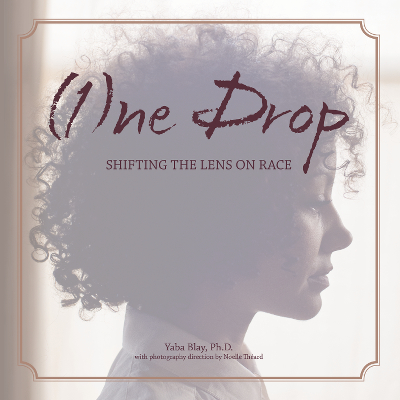America’s sex and race failure: Why Raven-Symone and an Ohio couple are strugglingPosted in Articles, Gay & Lesbian, Identity Development/Psychology, Media Archive, Social Science, United States on 2014-10-10 18:07Z by Steven |
America’s sex and race failure: Why Raven-Symone and an Ohio couple are struggling
Salon
2014-10-08
Brittney Cooper, Assistant Professor of Women’s and Gender Studies and Africana Studies
Rutgers, The State University of New Jersey
How a TV star shunning labels, and a lesbian couple with a Black baby illustrate the fight to assert one’s humanity
This week, iconic Cosby (grand)kid Raven-Symoné caught up with Oprah, telling her in an interview: “I don’t want to be labeled gay… I’m a human who loves other humans. …I’m American not African American. I don’t know what country I’m from in Africa, but I do know I have roots in Louisiana. I’m an American, and that’s a colorless person.” It would be tempting to frame these recent remarks on race and gay identity from the Cosby Show and Disney star as just more ideal and myopic millennial musings on race. But I think her comments tell us something about the operations of contemporary notions of the “human” that are worth unpacking.
Let me begin by saying that using one’s Louisiana roots is perhaps the worst place to begin in an argument about how the term “American” is a “color-less” one. Both sides of my family have lived in Louisiana since the earliest census records I could find. That census, the 1870 census was the first to record the names of all the black people that had been freed within the last decade. With great care, citizens were designated with a “C,” “M,” or “W,” for “colored,” “mulatto” and “white” respectively. Well into the late 20th century, my grandmother referred to Black people as colored.
Certainly, Raven-Symoné’s arguments bear the trace of the postracial rhetoric so prominent among certain (though not all) segments of millennials. But her desire to not acknowledge or carry the “African” designation in “African-American” is far from new. To be clear, many Black people who are Americans, are not “African American” in the sense that we mean that term today, namely as native born Black people. Voluntary rather than forced migrations of diasporic Black people from the Caribbean and from West Africa have been a characteristic of the U.S. Black population since the early 20th century. The side eye I’m giving to Raven-Symoné is not about a desire to demand that all Black people in the U.S. take on the moniker “African American,” but rather about the fact that her framing suggests that it is the connection of Africa to blackness that has her wanting to disavow a hyphenated identity…
…Among the many things I find troubling in her statement is the idea that America is color-less. It is a society built on a foundational color schema in which black skin is figured as the condition for unfreedom and white skin as the condition for freedom. Louisiana itself had a notoriously restrictive definition of the one drop rule as Dr. Yaba Blay discusses in her book “One-Drop: Shifting the Lens on Race,” Louisiana law classified all people with “one-thirty-second or less” of Negro blood would be “deemed, described, or designated” officially as ‘colored, ‘mulatto,’ ‘black,’ ‘negro,’ ‘griffe,’ “Afro-American,’ ‘quadroon,’ ‘mestizo,” ‘colored person,’ or ‘person of color.’ Well into the 1980s, i.e. well into Raven Symoné’s lifetime, this law was used to designate putatively white people as black…
…This kind of rhetorical move is also salient coming on the heels of recent reports of an Ohio lesbian couple opting to sue their sperm bank for erroneously giving them black donor sperm. I get suing for negligence and shoddy service. But for this queer couple, the presence of their Black daughter disrupts their ability to exist comfortably in the space of whiteness that defines their community, a community that they admit is deeply homophobic. Having chosen to be a queer family in the midst of a heteronormative white universe in Ohio, their Black child has now disrupted their access to white power and privilege. This biracial black girl is growing up with distraught, devastated queer parents who love her despite her blackness. Having internalized antiblackness, they note their discomfort with taking her to a black neighborhood for haircuts and their fear of the racist reprisal of neighbors and family members…
Read the entire article here.


